The Samsung Galaxy A03 Core is one of the most budget-friendly smartphones in Samsung's lineup, designed for users who prioritize basic functionality over high-end specs. While it may not compete with flagship models, it serves as a reliable daily driver for those who need essential smartphone features without breaking the bank. In this review, we'll take a deep dive into its design, performance, camera capabilities, battery life, and overall value proposition.
Design and Build Quality
The Galaxy A03 Core follows Samsung's minimalist design philosophy, featuring a plastic body that feels lightweight yet durable. The textured back panel provides a decent grip, reducing the chances of accidental slips. At 164.2 x 75.9 x 9.1 mm and 211 grams, it’s not the slimmest or lightest phone out there, but the ergonomic design ensures comfortable one-handed use. The phone is available in Black and Blue color options, both of which have a matte finish that resists fingerprints.
The 6.5-inch PLS LCD display dominates the front, with relatively thick bezels surrounding it—a common trait in this price segment. The waterdrop notch houses the front-facing camera, and the chin at the bottom is noticeably large. While the build is entirely plastic, it doesn’t feel overly cheap, and the phone should withstand minor bumps and scratches in daily use.
Display Quality
The Galaxy A03 Core features a 6.5-inch PLS LCD with a resolution of 720 x 1600 pixels (HD+). This translates to a pixel density of around 270 PPI, which is adequate for basic tasks like browsing, social media, and video streaming. However, text and images lack the sharpness you’d find on higher-resolution displays, and colors appear somewhat muted compared to AMOLED panels.
Brightness levels are just about sufficient for indoor use, but outdoor visibility can be a struggle under direct sunlight. The lack of a high refresh rate is expected at this price point, so scrolling and animations feel standard at 60Hz. If you’re coming from a more premium device, the display might feel like a downgrade, but for casual users, it gets the job done.
Performance and Software
Under the hood, the Galaxy A03 Core is powered by the Unisoc SC9863A chipset, paired with 2GB of RAM and 32GB of internal storage (expandable via microSD). This entry-level configuration is designed for light usage—think messaging, calls, and light app usage. Multitasking is limited, and you’ll experience noticeable lag when switching between apps or running more demanding applications.
The phone runs Android 11 (Go Edition), a lightweight version of Android optimized for devices with limited hardware. While it lacks some features of the full-fledged OS, it ensures smoother performance on low-end hardware. Samsung’s One UI Core skin is layered on top, offering a simplified user interface with essential customization options. However, don’t expect frequent software updates, as Samsung typically provides limited support for its budget devices.
Camera Performance
The Galaxy A03 Core sports a single 8MP rear camera with an f/2.0 aperture and LED flash. There’s no ultrawide or depth sensor, which means photography capabilities are extremely basic. In good lighting, the camera can capture passable shots with decent detail, but dynamic range is lacking, and colors tend to look washed out. Low-light performance is poor, with images appearing noisy and lacking detail.
The 5MP front-facing camera handles video calls and occasional selfies, but again, don’t expect anything impressive. Video recording maxes out at 1080p at 30fps, and footage is shaky due to the lack of stabilization. If photography is a priority, this phone is far from ideal, but it suffices for occasional snapshots.
Battery Life and Charging
One of the strongest aspects of the Galaxy A03 Core is its 5000mAh battery, which provides excellent endurance. With moderate usage—calls, messaging, and light browsing—the phone can easily last two full days. Even with heavier use, you’ll comfortably get through a full day without needing a recharge.
However, charging speeds are a drawback. The phone supports only 7.75W wired charging, meaning a full recharge takes well over two hours. There’s no support for fast charging or wireless charging, which is expected at this price but still inconvenient for users who need quick top-ups.
Connectivity and Additional Features
The phone supports 4G LTE, Wi-Fi 802.11 b/g/n, Bluetooth 4.2, and GPS. There’s no NFC, so contactless payments are out of the question. A 3.5mm headphone jack is present, which is a plus for wired audio users, and the single bottom-firing speaker delivers average sound quality—loud enough for calls but underwhelming for media consumption.
Storage expansion is possible via a dedicated microSD slot, which is helpful given the limited 32GB internal storage. The phone also includes basic sensors like an accelerometer and proximity sensor but lacks advanced features like a fingerprint scanner or face unlock.
Final Verdict
The Samsung Galaxy A03 Core is a no-frills smartphone that caters to users with minimal requirements. Its strengths lie in its long battery life and functional design, while its weaknesses—such as the underpowered chipset, basic camera, and low-resolution display—are expected given its price. If you need a phone strictly for calls, texts, and light browsing, it’s a viable option. However, if your budget allows for a slight increase, there are better alternatives with improved performance and features.
Key Specifications:
Display: 6.5-inch PLS LCD, 720 x 1600 (HD+), 60Hz
Chipset: Unisoc SC9863A (28nm)
RAM: 2GB
Storage: 32GB (expandable via microSD)
Rear Camera: 8MP, f/2.0, LED flash
Front Camera: 5MP, f/2.2
Battery: 5000mAh, 7.75W wired charging
OS: Android 11 (Go Edition), One UI Core
Connectivity: 4G LTE, Wi-Fi 802.11 b/g/n, Bluetooth 4.2, GPS
Dimensions: 164.2 x 75.9 x 9.1 mm
Weight: 211 grams
Colors: Black, Blue

By /Jun 4, 2025
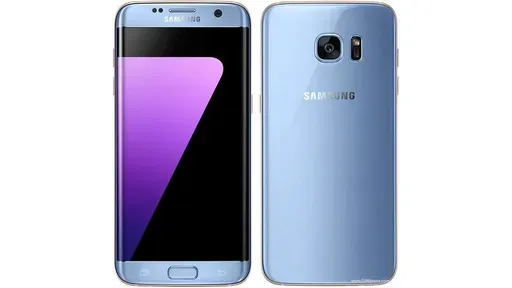
By /Jun 4, 2025

By /Jun 4, 2025
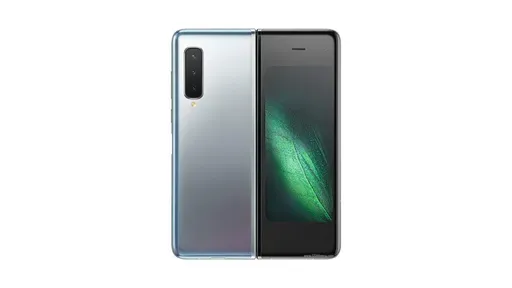
By /Jun 4, 2025
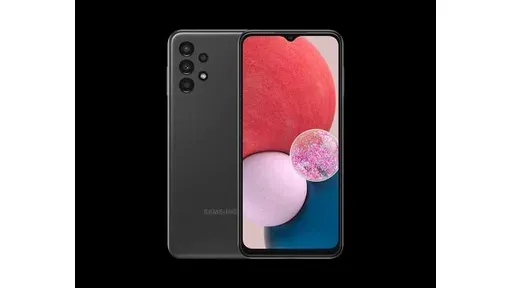
By /Jun 4, 2025

By /Jun 4, 2025

By /Jun 4, 2025
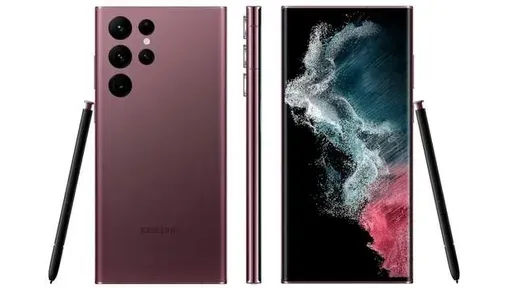
By /Jun 4, 2025

By /Jun 4, 2025

By /Jun 4, 2025
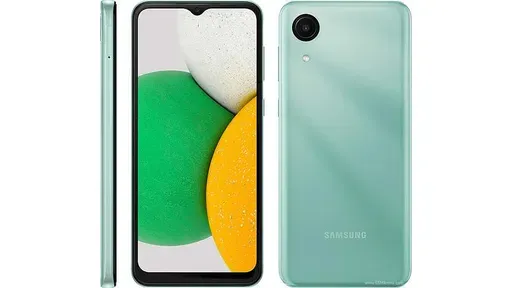
By /Jun 4, 2025
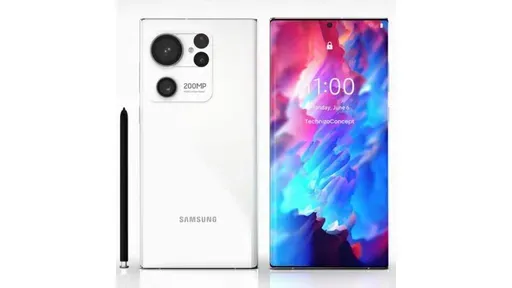
By /Jun 4, 2025
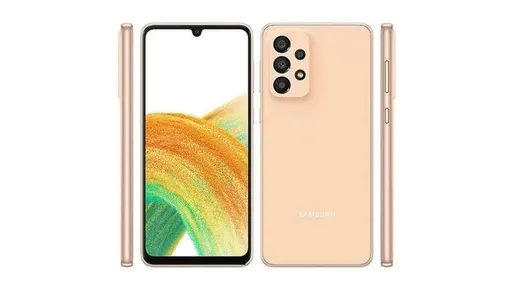
By /Jun 4, 2025
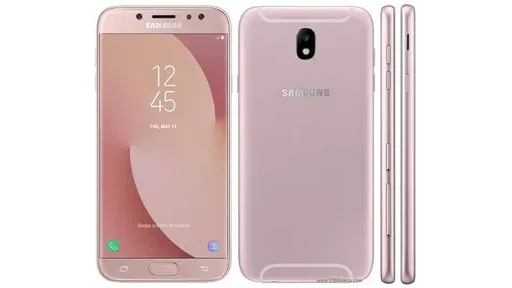
By /Jun 4, 2025
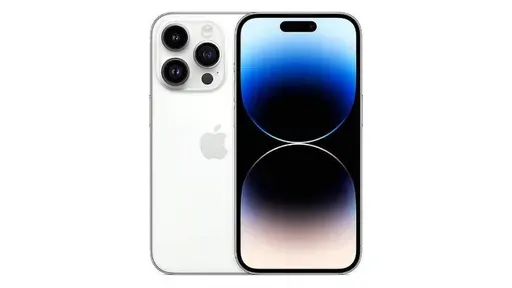
By /Jun 4, 2025
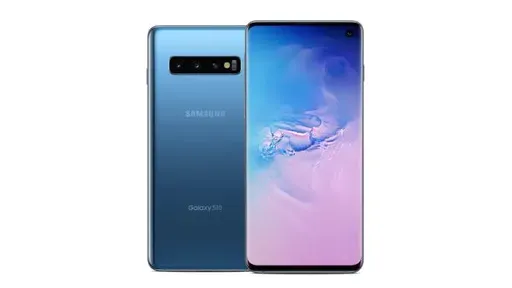
By /Jun 4, 2025

By /Jun 4, 2025
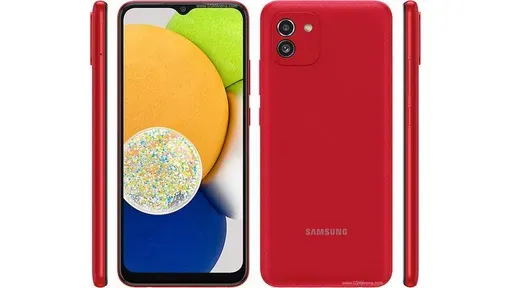
By /Jun 4, 2025

By /Jun 4, 2025
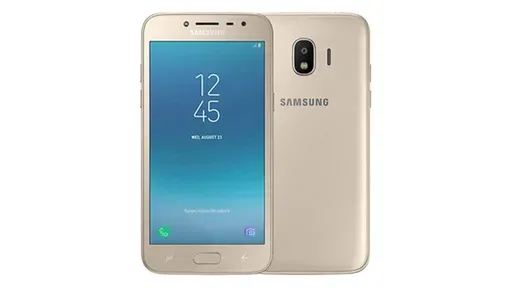
By /Jun 4, 2025

By /Jun 4, 2025

By /Jun 4, 2025
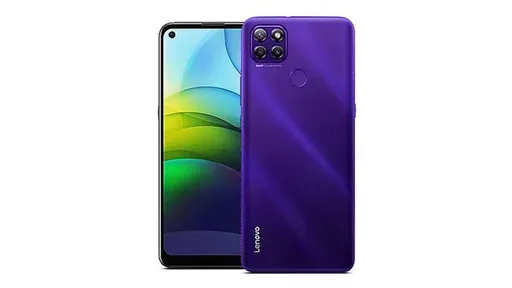
By /Jun 4, 2025

By /Jun 4, 2025

By /Jun 4, 2025

By /Jun 4, 2025

By /Jun 4, 2025
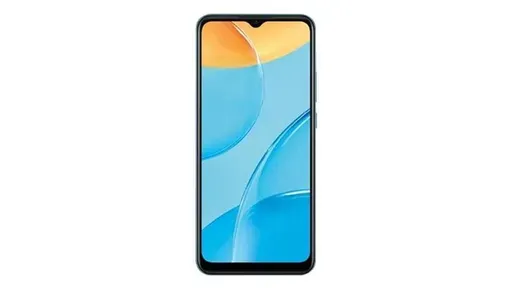
By /Jun 4, 2025

By /Jun 4, 2025

By /Jun 4, 2025
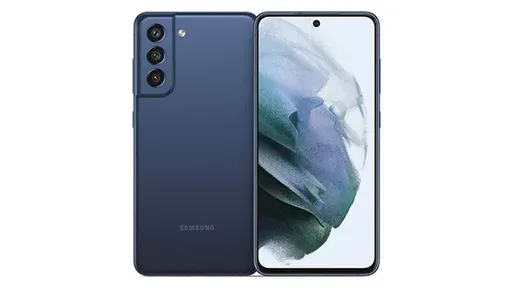
By /Jun 4, 2025

By /Jun 4, 2025

By /Jun 4, 2025

By /Jun 4, 2025
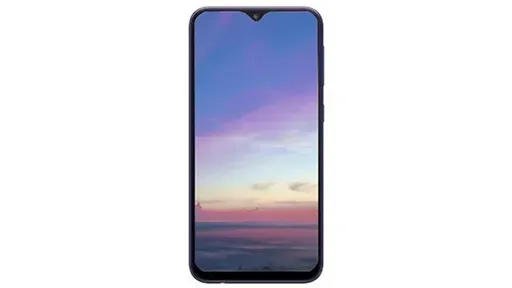
By /Jun 4, 2025